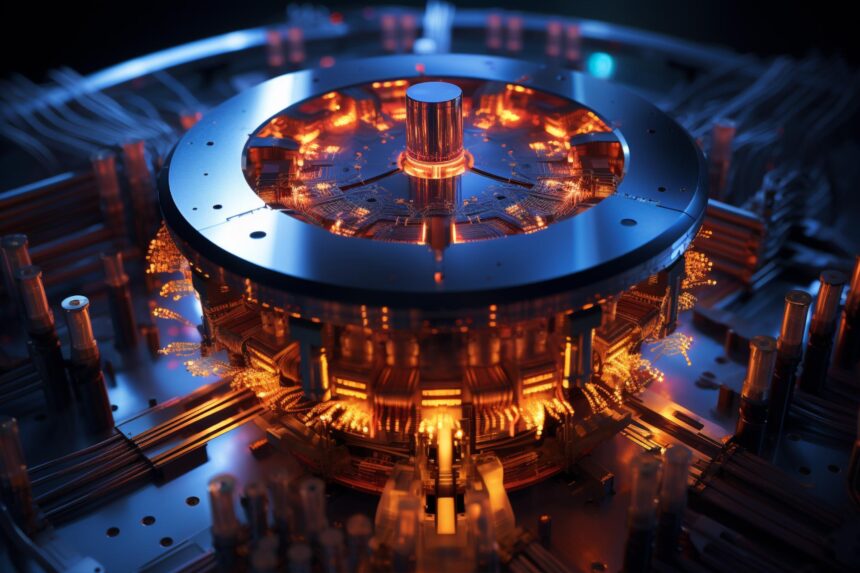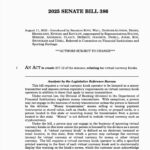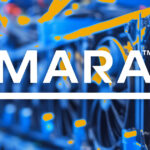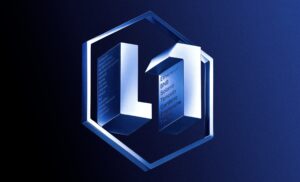Caltech Physicists Build Record-Breaking 6,100-Qubit Neutral-Atom Quantum Computer
Breakthrough in Neutral-Atom Quantum Computer Architecture
Caltech physicists have achieved a major milestone in quantum computing by creating the largest neutral-atom quantum computer to date, trapping 6,100 cesium atoms as qubits in a single array. This accomplishment, as reported in Nature on June 13, 2024, marks a significant advancement over previous quantum arrays, which typically contained only several hundred qubits. The expansion in the number of qubits was achieved while maintaining coherence and operational precision required for future practical quantum computers (CryptoNews).
How the 6,100-Qubit Array Was Constructed and Its Significance
A qubit, or quantum bit, is central to the function of a quantum computer due to its unique property of superposition, enabling it to represent both 0 and 1 simultaneously. This allows quantum computers to process vast amounts of data in parallel, making computation much faster for certain problems compared to classical systems. However, preserving this delicate quantum state long enough to run useful calculations—known as achieving long coherence times—remains a technical challenge.
The Caltech team used an array of “optical tweezers”—narrow beams of light that can trap and position individual atoms—to organize 6,100 cesium atoms inside a vacuum chamber. Leveraging a network of 12,000 miniature light traps generated by a split laser beam, they achieved single-qubit operation accuracy of 99.98% and coherence times of approximately 13 seconds—nearly 10 times longer than those in previous neutral-atom quantum computer experiments.
Principal investigator Professor Manuel Endres noted, “We can now see a pathway to large error-corrected quantum computers. The building blocks are in place,” as quoted in Nature (Reporting via CryptoNews).
Graduate student Elie Bataille emphasized the importance of operation speed relative to coherence time: “If your operations are one microsecond and you have a second of coherence time, that means you can do about a million operations,” Bataille said, quoted by Decrypt.
Technical Innovations and Market Context
The researchers not only built a large quantum array but also moved atoms around within the array without destroying their fragile quantum states. This ability to reposition qubits could facilitate error correction in future quantum processors. Neutral-atom quantum systems are considered strong competitors to other leading quantum technologies, such as superconducting circuits and trapped-ion systems, because they offer reconfigurable architectures. Atoms in these systems can be rearranged during computation using mobile optical traps, which provides flexible connectivity that fixed hardware cannot match.
Prior to Caltech’s breakthrough, most neutral-atom arrays comprised only a few hundred qubits. Companies around the world are racing to increase qubit counts, with IBM aiming for a 100,000-qubit superconducting quantum system by 2033 and firms like IonQ and QuEra advancing ion-trap and neutral-atom solutions. Quantinuum, based in Colorado, plans to deliver a fully fault-tolerant quantum computer by 2029.
What’s Next for Neutral-Atom Quantum Computers
Despite the remarkable increase in scale and performance achieved by the Caltech team, additional innovation is needed before quantum computers can tackle practical problems in chemistry, material science, and cryptography. The next crucial step is demonstrating quantum error correction on a large scale, which requires encoding logical qubits using thousands of physical qubits. “A traditional computer makes one error every 10 to 17 operations. A quantum computer is nowhere near that accurate, and we don’t expect to reach that level with hardware only,” Bataille explained (CryptoNews).
Future research at Caltech will focus on entangling the trapped qubits, a necessary step for scalable quantum computation. While a 6,100-qubit neutral-atom system does not yet equate to a fully practical quantum computer, this experiment demonstrates the feasibility and promise of neutral atoms as a leading quantum computing platform. The breakthrough is an essential benchmark in the path toward large-scale, error-corrected quantum machines.
For more developments on quantum technologies and digital assets, visit our cryptocurrency news section.



















